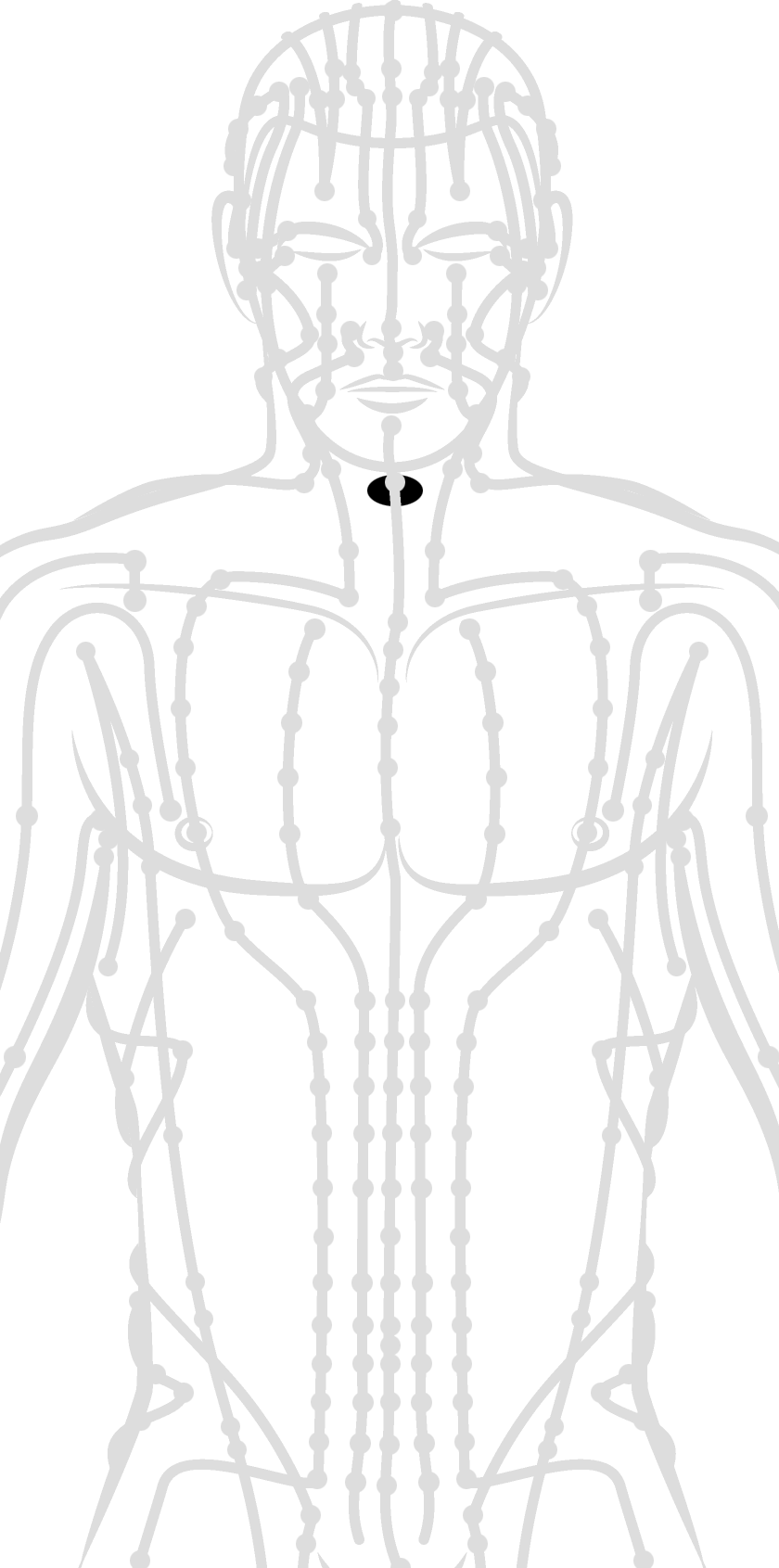Application #27: Windpipe Copy
Windpipe
 Anatomy:
Anatomy:The trachea, commonly known as the windpipe, is a tube about 4 inches long and less than an inch in diameter in most people. The trachea begins just under the larynx (voice box) and runs down behind the breastbone (sternum). The trachea then divides into two smaller tubes called bronchi: one bronchus for each lung.
Innervation:
The larynx receives both motor and sensory innervation via branches of the vagus nerve: Recurrent laryngeal nerve – provides sensory innervation to the infraglottis, and motor innervation to all the internal muscles of larynx (except the cricothyroid).
Vasculature:
The arterial supply of the trachea divides it into the upper (cervical) and lower (thoracic) trachea. The tracheoesophageal branches of the inferior thyroid arteries bring blood to the cervical trachea from the right and left thyrocervical trunks that branch off the subclavian arteries.
Possible Effects of a Strike:
- damage to the thyroid cartilage, cricoid cartilage, and the epiglottis
- collapse of the larynx leading to suffocation from obstructed airway
- spasm of vocal cords
- closure of the glottis
- swelling of the epiglottis
- broken hyoid leading to respiratory issues
